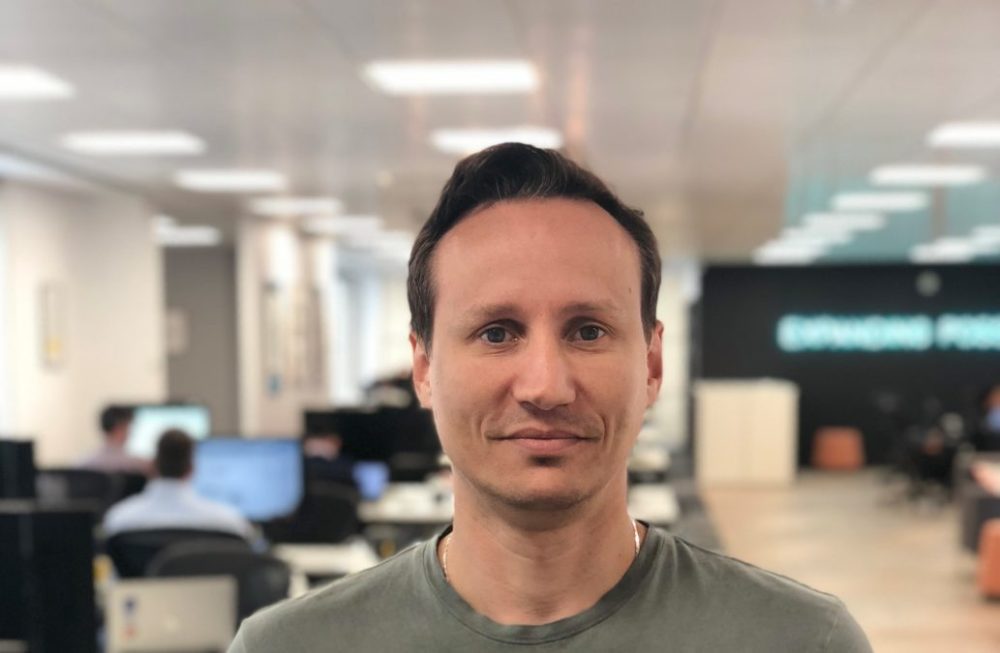In our running series, Information Age speaks to BJSS CTO, Carl Austin about what it means to be an “external-facing technologist” and how he sees IT’s demand for diverse roles continuing to increase.
BJSS is an award-winning IT Consultancy with 25 years software development and IT advisory experience to the private and public sectors.
In Information Age’s pursuit of understanding the great variety of chief technology officers that work for technology-led companies in and around our area, we have embarked on a mission to find out what type of CTOs are here, what it takes for them to succeed and what challenges they face.
>See also: How can chief technology officers track the success of IT projects?
“External-facing technologist”
Throughout this series, we have identified CTOs with a lot of different priorities. Many focus on the product, others on maintaining the infrastructure, while some described their role as hybrid in nature.
Austin identified as an “external-facing technologist” a term coined by Tim Berray in his work “The Role of the CTO: Four Models for Success“. According to Berray, this type of CTO is a common choice for consultancies, given their tendency to be “outwardly focused with respect to external trends and willing to embrace spheres of innovation, which lie in and outside of their company”.
>See also: Digital strategy to digital transformation
For Austin, this sounded like a fitting description considering his involvement in client-facing tasks, such as bids, proposals and even pre-sales. Austin also does some of the groundwork around their propositions; this involves delving into new emerging technology spaces, most recently cyber security.
“This is something we’ve not had a large presence in. However, we’ve recently hired our first cyber security consultant and I am incubating what our eventual offer will be on the market,” said Austin.
Agility and consistency
“It’s all quite new to me. Before I started this role a year ago, I was a developer and architect. So I came up in the technology space, not the business space.”
“There is quite a lot of learning around the business aspects, such as, how do you go to market? What’s the pitch for that? How do you get the key message of your USP across?”
>See also: What businesses need to do to close the digital skills gap
“Having to manage different teams and influence people has its challenges as well.”
For Austin, despite ultimately seeing himself as an external-facing technologist, he does not think of his role as a CTO in dogmatic terms. “We are quite an agile business and we like to be able to adjust and change what we do,” he said. This is difficult because you have to pair agility with consistency.
Passion and dedication
According to Austin, he’s been able to succeed due to his passion and dedication for his job.
“As an external-facing CTO, I need to build relationships with clients and tell them about technology and how it could change their world and business, therefore, it’s very important to be passionate about it and enjoy it.”
>See also: Automation makes customer experience more human
“Luckily I love my job and learning about new technology.”
Austin made the point that a good CTO must back up their passion with dedication.
“In my role, I do ten things at once. We are a thousand plus people now, that’s twice the size from when I joined four years ago. Therefore, I need to meet this context switch with competence.”
Innovation framework
“Until four or five years we are about delivering enterprise software to large organisations, now we provide everything from ideation to managed services. We also work with a digital design agency, so we have a sort of Shoreditch feel,” continued Austin.
See also: Software development issues hold back digital transformation
“It’s important to realise that IT and software delivery is now far more diverse in the types of roles needed. It’s not just about what typically comes to mind when people think about IT, such as programmers and people sitting in front of a computer. Software delivery is about products and services, it’s holistic, there are people involved in all sorts of different roles and engineering is just one of the positions.”







